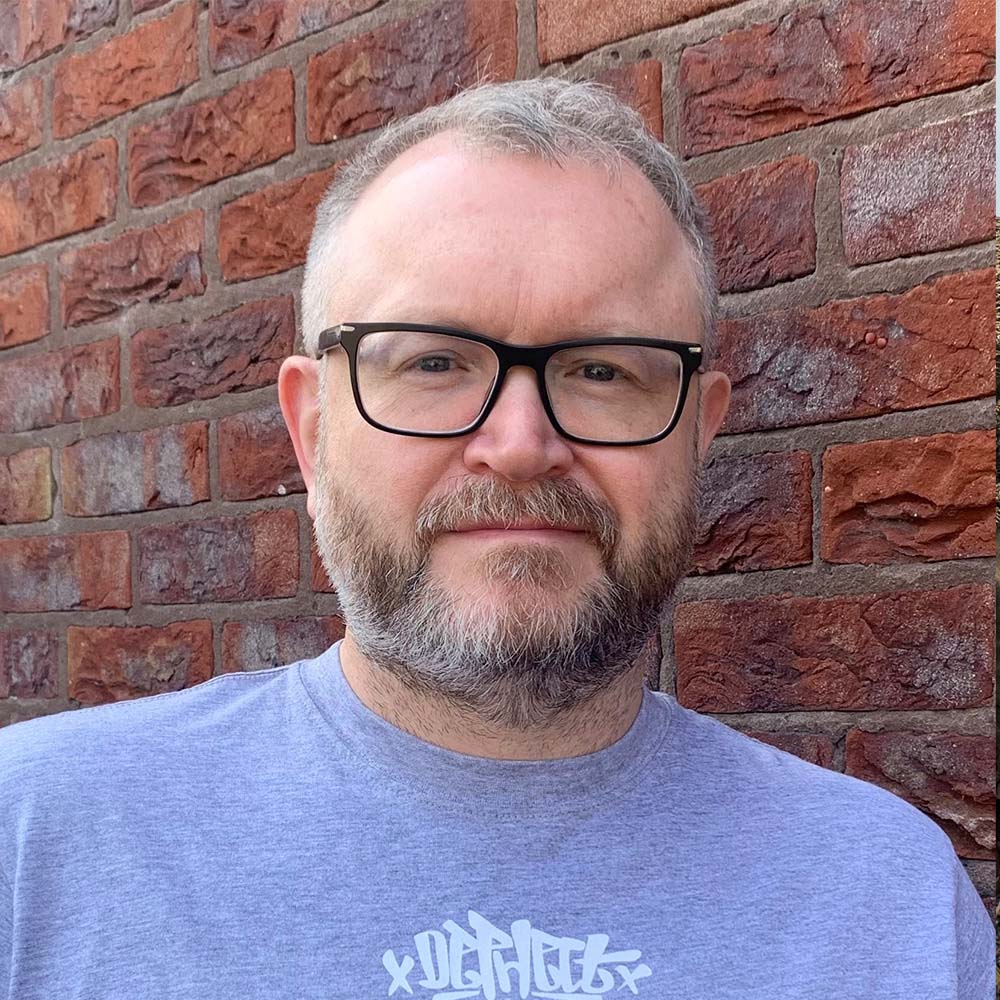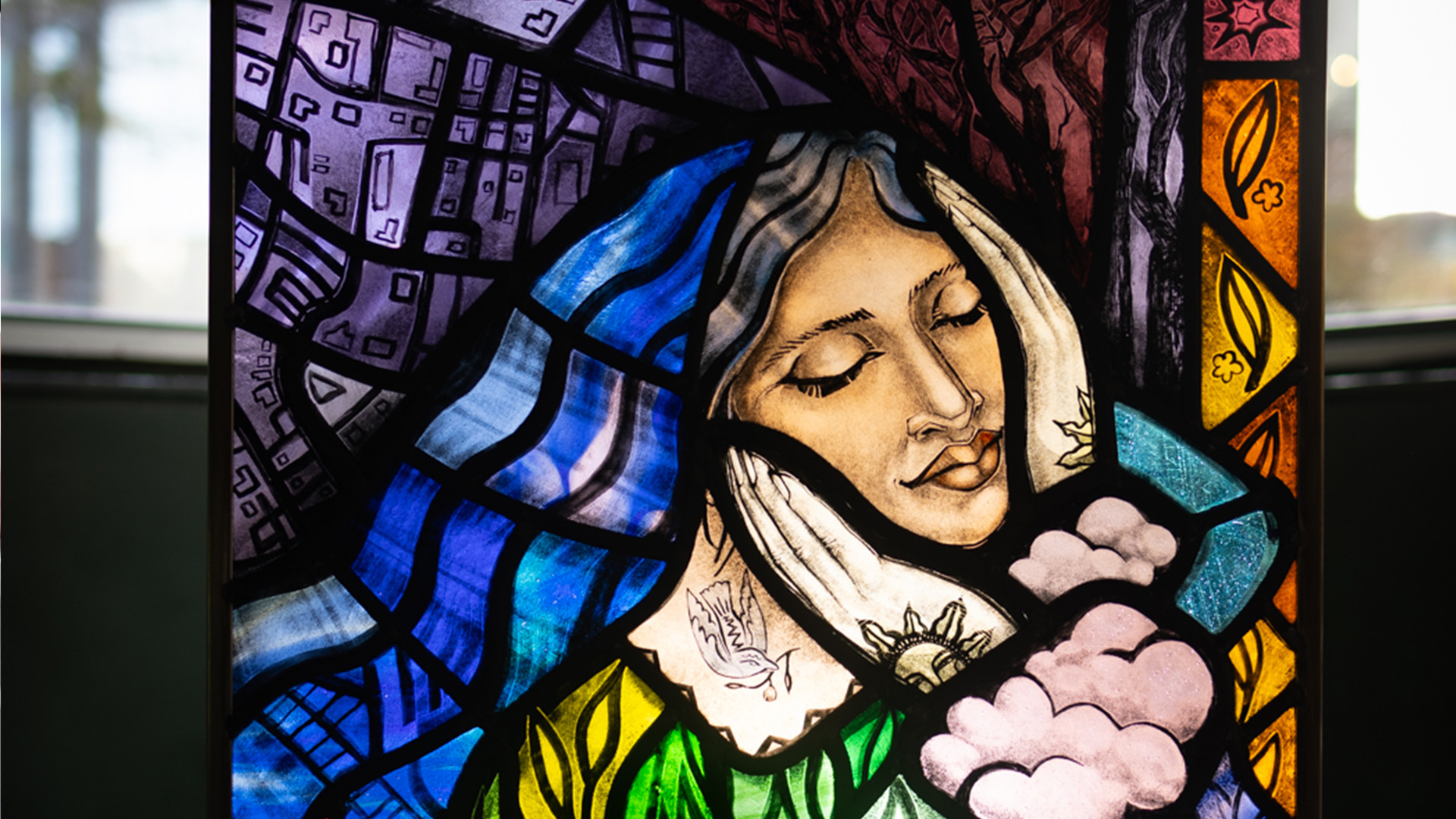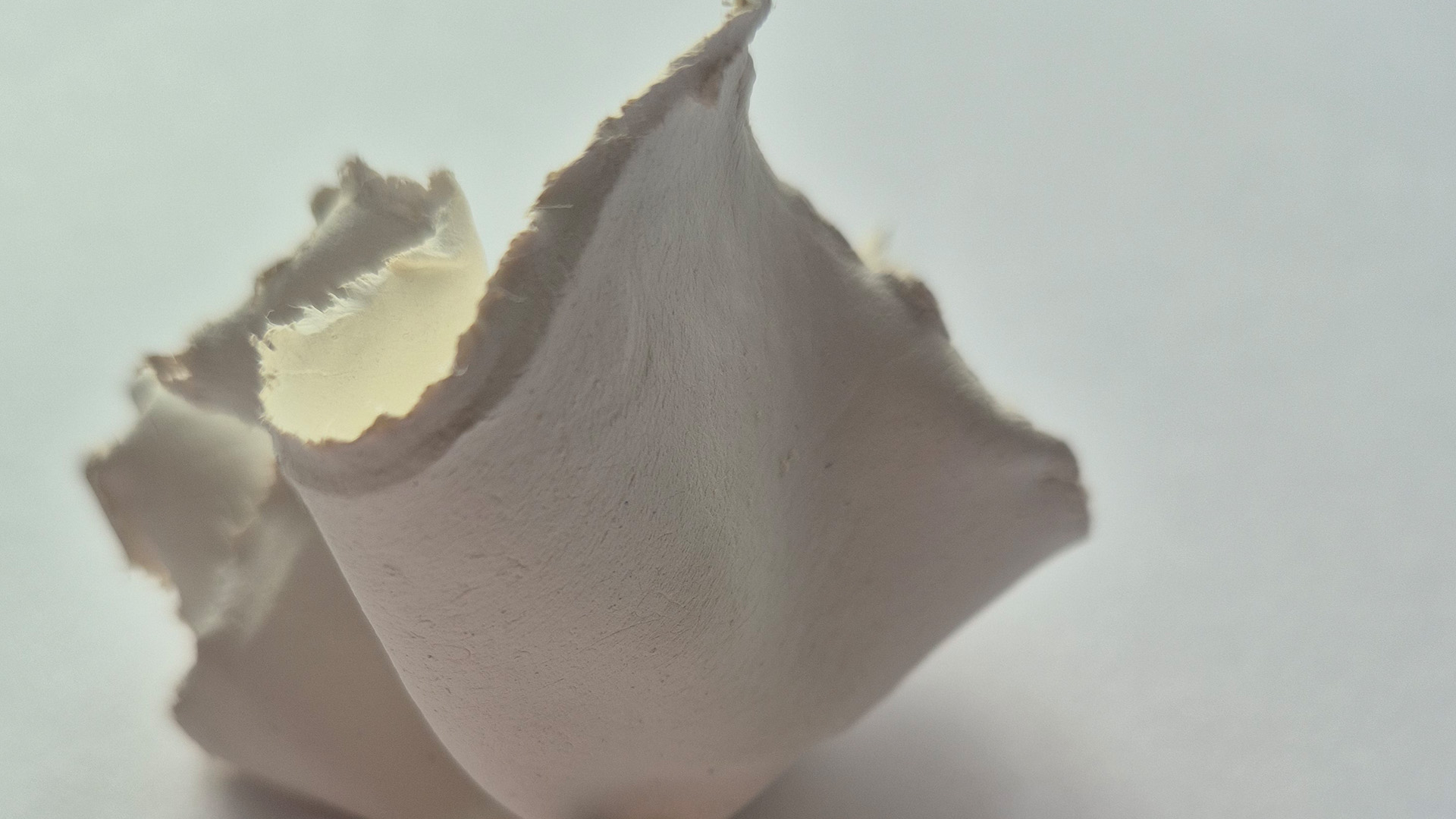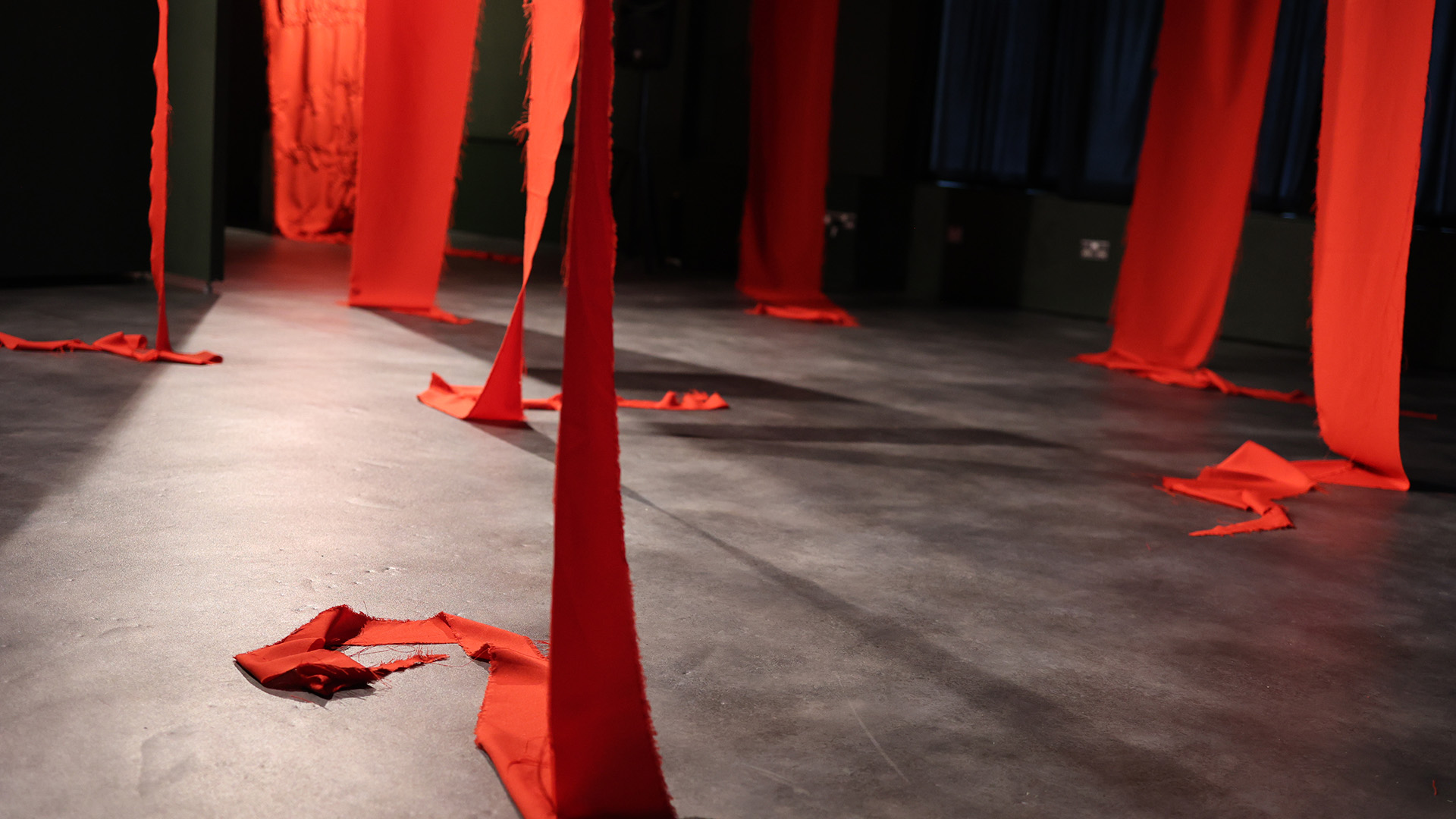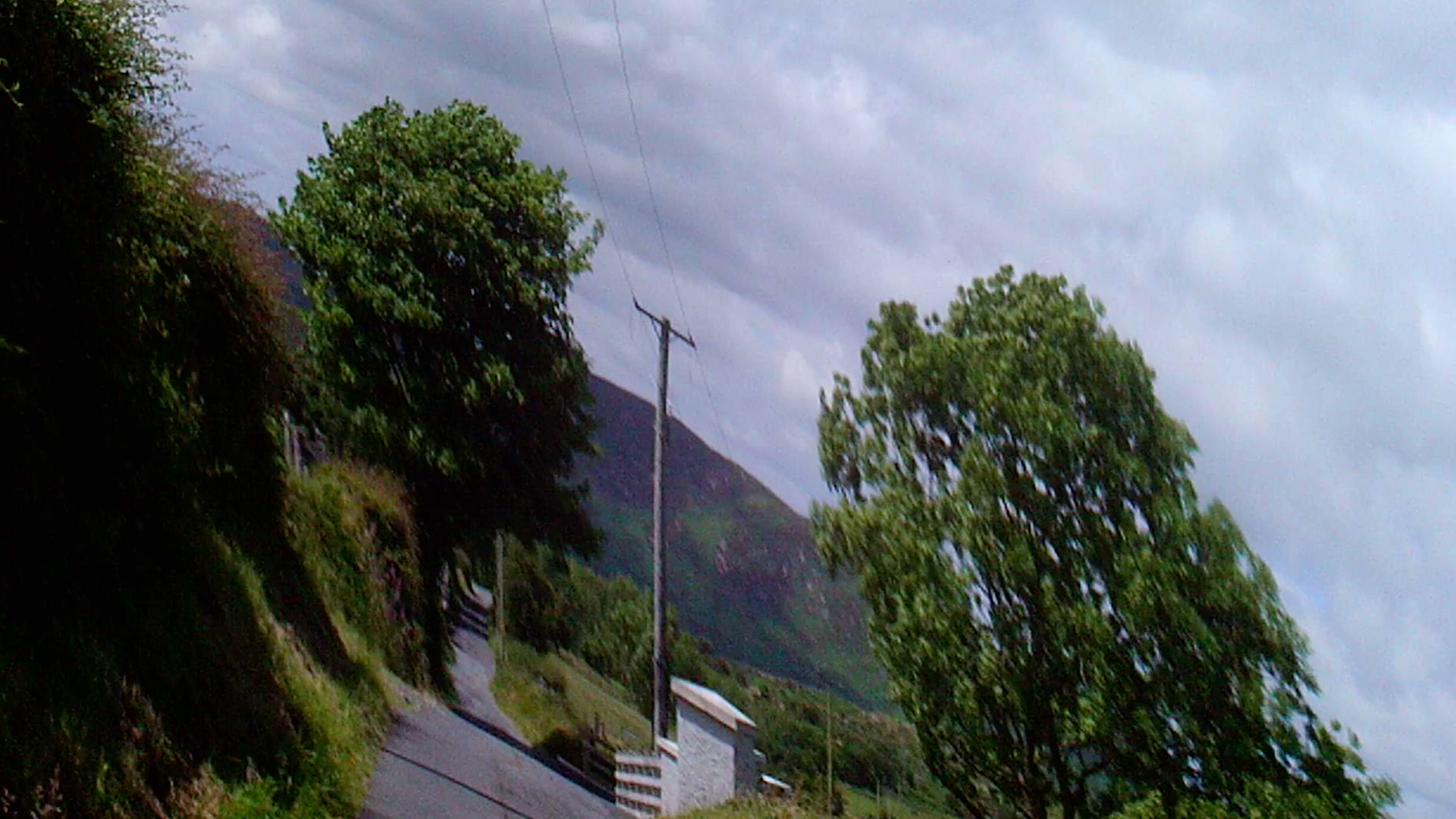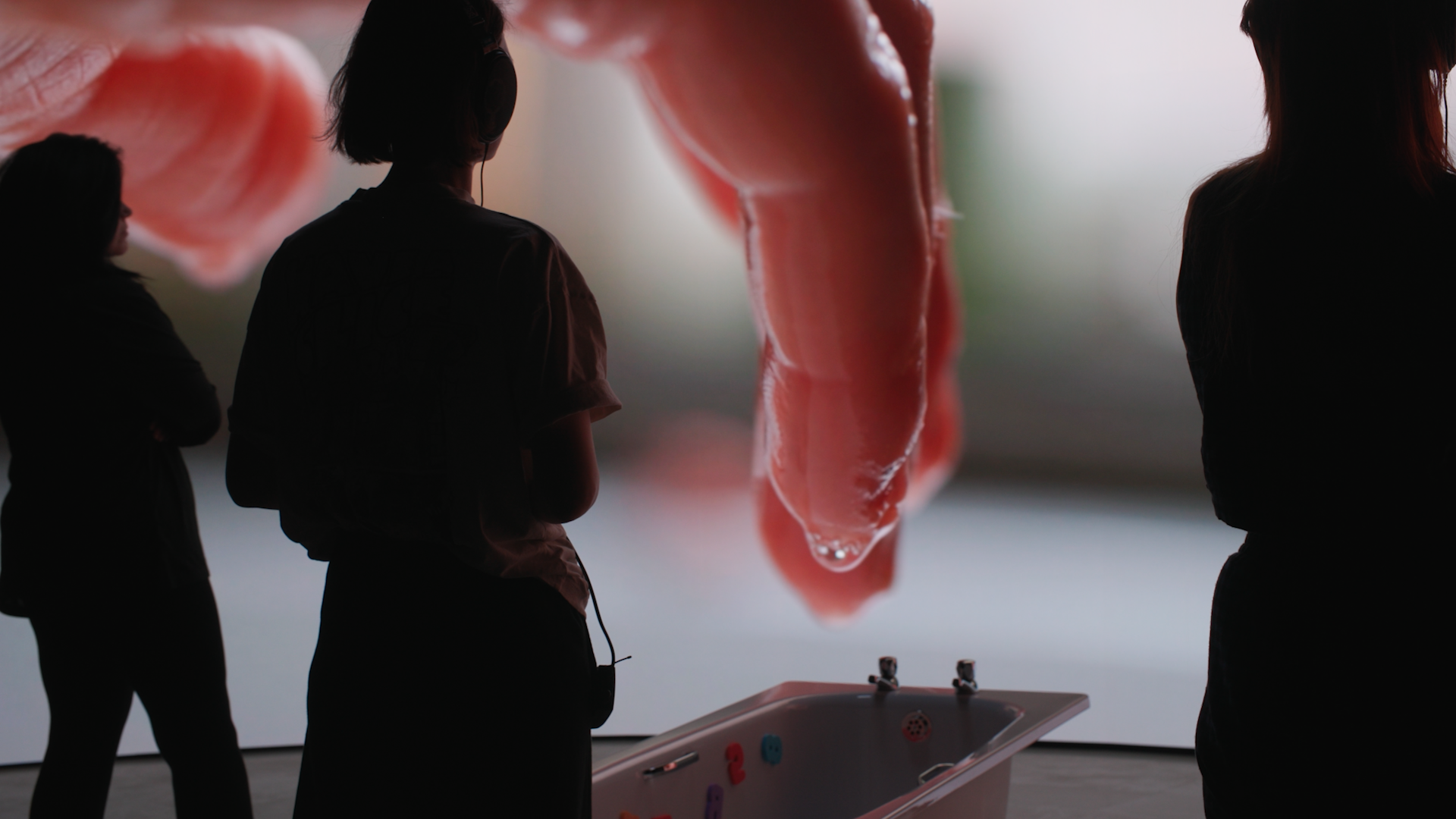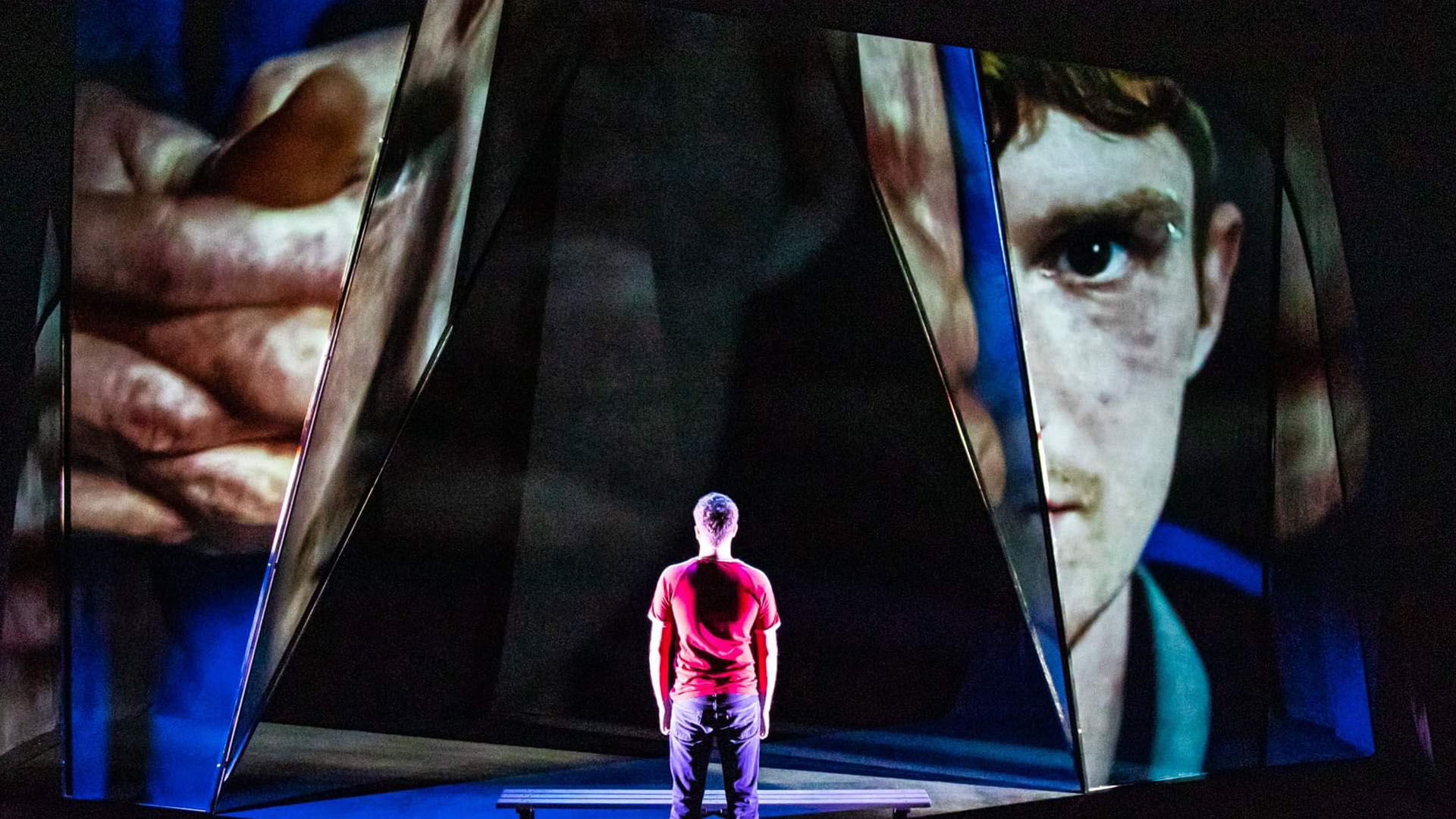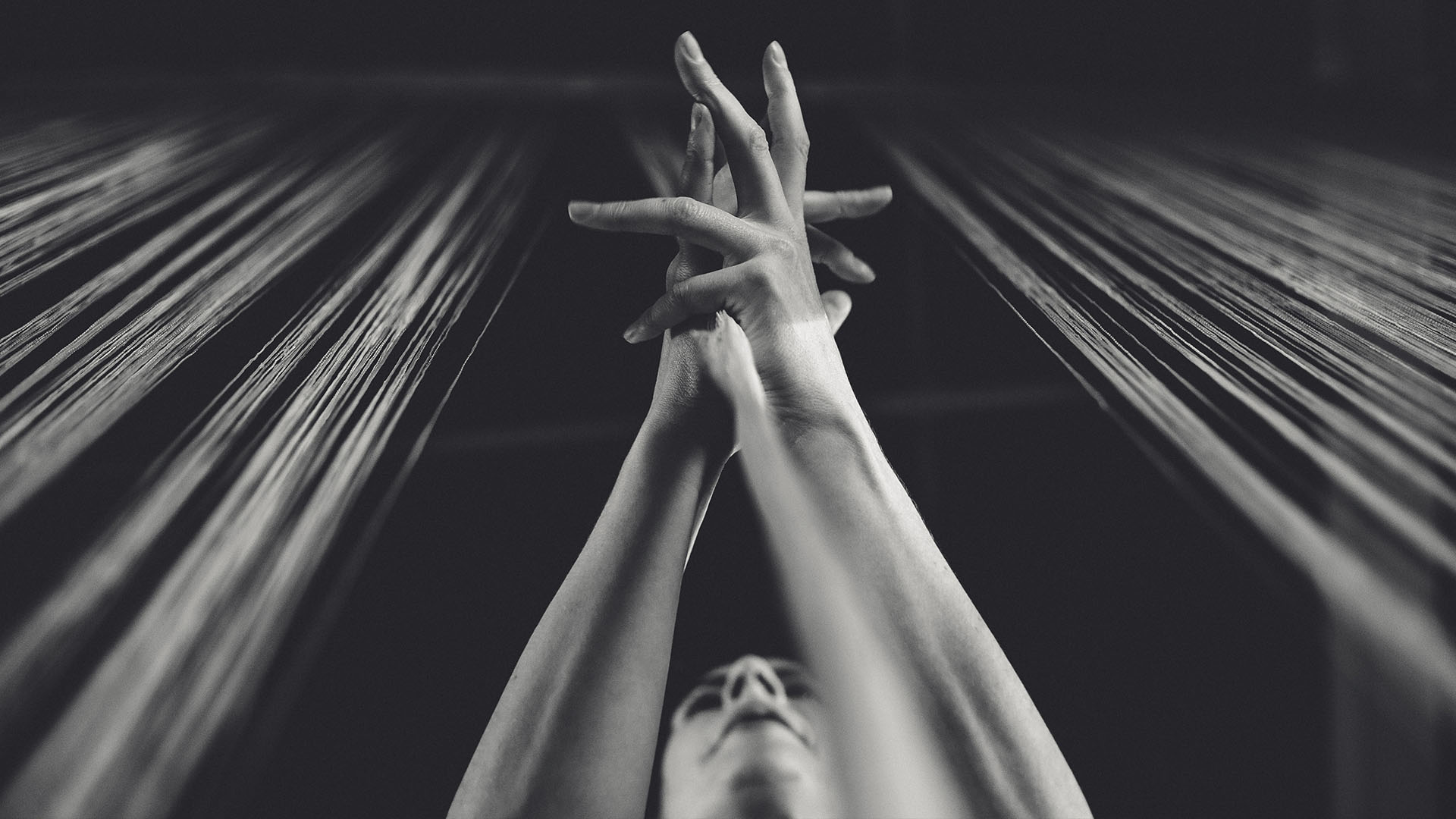Projects
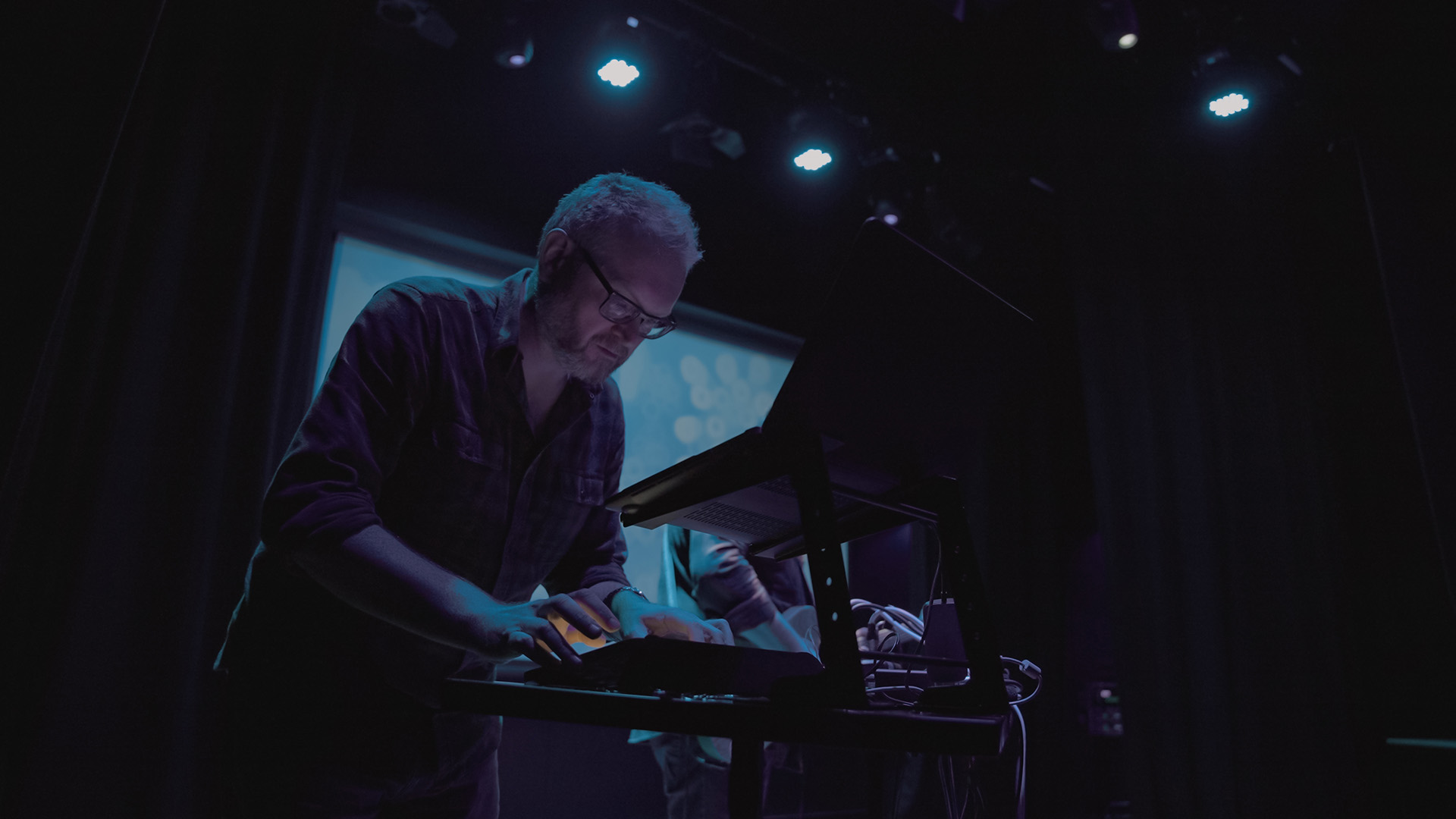
Immersive Arts for Mental Health
Immersive Arts for Mental Health
Exploring the potential of 360-degree immersive experiences and ambient soundscapes to support young people’s mental health, while empowering them to create their own transformative sensory environments.
Immersive Arts for Mental Health is an exploration into how technology and creativity can support young people facing mental health challenges. This project seeks to combine ambient soundscapes , 360-degree immersive experiences , and hands-on workshops to create transformative virtual environments.
As a digital artist with over two decades of experience in community-based projects, I have worked extensively with young people, helping them use digital tools like music, film, and animation to tell their stories. From facilitating podcast projects with mental health service providers to creating short films with students exploring their fears, I’ve seen first hand the power of art to foster connection and resilience. However, this is my first venture into the world of immersive technologies , and I’m excited to push my creative practice in this new direction.
The project will involve collaborating with partner organisations that specialise in supporting young people’s mental health. Together, we’ll research and test how 360-degree sensory environments and ambient sound can complement traditional therapies. Alongside this, I’ll develop workshops where participants can learn to create their own immersive experiences—recording sounds, filming footage, and designing spaces that reflect their emotions and stories.
Explore
£5,000
Aims of the Project
The primary aim of Immersive Arts for Mental Health is to explore the potential of ambient soundscapes and 360-degree immersive experiences as tools to support young people facing mental health challenges.
With this funding, I will collaborate with partner organisations specialising in youth mental health to research and test how these technologies can be integrated into therapeutic settings. The project will involve experimenting with creating sensory environments that promote relaxation, self-expression, and reflection. A key objective is to assess whether these immersive tools can effectively complement traditional therapies and enhance participants’ well-being.
Additionally, I will investigate the feasibility of developing workshops where young people could eventually create their own immersive experiences—recording sounds, capturing footage, and designing spaces that reflect their emotions and stories. This funding will also allow me to acquire the skills and equipment necessary to work with 360-degree technologies and ambient sound design. Ultimately, the goal is to determine the viability of these approaches and establish a foundation for future initiatives that blend creativity, technology, and mental health support.
